Macrophages Become Myofibroblasts in Endometriosis Fibrosis
Fibrosis is a major but often underrecognized feature of endometriosis. It contributes to pain, adhesions, impaired endometrial receptivity, and progressive lesion stiffness. Although fibrosis is well documented in both ectopic lesions and the eutopic endometrium, the exact cellular mechanisms driving…
Key Points Lay SummaryEndometriosis Immunopathology: The Macrophage Connection
Macrophages and tiny signaling particles called extracellular vesicles (EVs) are emerging as central immune players in how endometriosis develops and persists. Together, they shape the immune environment around endometriotic lesions, helping them survive, spread, and resist the body’s defenses. In…
Key Points Lay SummaryRetrograde Menstruation: Insights from Humans and Non-Human Primates
Vigano et al.from the Academic Center for Research on Adenomyosis and Endometriosis of Milan University, Italy, conducted a comprehensive literature review over a span of 23 years to evaluate retrograde menstruation in both humans and non-human primates, focusing on its role…
Key Points Lay SummaryStudy Finds Link Between Exposure to Pollutants and Increased Riks of Endometriosis
High concentrations of polycyclic aromatic hydrocarbons in urine may be associated with a higher risk of endometriosis, according to a new study published in the scientific journal Environmental Science and Pollution Research. The study also found that the concentration of…
Key Points Lay SummaryHazardous substances in pollution and relationship with endometriosis.
Vallée and colleguages. from the Department of Epidemiology and Public Health of Foch Hospital, France, recently published a narrative review about environmental pollution and its association with endometriosis in BJOG. They used the existing English literature to discuss the association…
Key Points Lay SummaryElevated iron levels in "endometriosis pathogenesis"
The presence of abnormal levels of iron and ferritin in endometriotic lesions is likely due to repeated bleeding episodes. When red blood cells break down, the iron content is released, which can cause inflammation leading to damage to surrounding tissues.…
Key Points Lay SummaryToxic metal cadmium and Endometriosis
Data analyst Mandy Hall and and colleagues from the Department of Epidemiology and Biostatistics, Michigan State University, USA, have published their results on cadmium levels and endometriosis in a recent issue of “Human Reproduction”. In 2020 the World Health Organization…
Key Points Lay SummaryIron and toxic environmental elements in ovarian endometriomas
It is well-known that the growth of endometriotic lesions is estrogen-dependent and supported by inflammatory processes. In addition to oxidative stress, it is believed that several other factors, including chemicals and environmental factors, and genetic predisposition may play a potential…
Key Points Lay SummaryMachine learning based potential biomarkers
To explore potential biomarkers for an accurate diagnosis and treatment, and to elucidate the mechanism of endometriosis, Yi Huang et al, analyzed gene differences between eutopic and ectopic endometrium and the status of the immune microenvironment., and published their results in the…
Key Points Lay SummaryExposure to toxic metals and the risk of endometriosis
Mercury, lead, and cadmium are the best-studied heavy metals for several adverse effects on the human reproductive system. Mercury can induce DNA damage, oxidative stress, and mitochondrial dysfunction, and lead exposure is associated with menstrual disorders, preterm birth, and miscarriage.…
Key Points Lay SummaryEndometriosis and environmental factors
The estrogen-dependent nature of endometriosis has generally led to search endocrine-based causes. Especially, polychlorinated biphenyls, dioxins, and Dietilstilbesterol are the most studied chemicals in the literature. Interesting data that needs confirmation in the future also suggest a link with night…
Key Points Lay SummaryThe role of oxidative stress on endometriosis symptomatology
Endometriosis is not only a hormonal disease, but it is also an inflammatory illness provoked by hormones. In the review conducted by Hossein Ansariniya et al., from Iran, the relation between oxidative stress, free radicals, free iron, and the development of…
Key Points Lay SummaryGeography May Influence Risk of Endometriosis
The risk of developing endometriosis seems to be geographically heterogeneous across France, according to results from a study published in the journal Scientific Reports. The study identified 20 high-risk hotspots around the country. These showed similar results for non-adenomyosis endometriosis…
Key Points Lay SummaryWhich of the suggested environmental risk factors are indeed related to endometriosis?
Endometriosis is a complex disease with genetic and environmental factors in its poorly understood pathogenesis. Even though many epidemiological studies in the literature have proposed several risk factors, the lack of clear establishment and modification of these potential risk factors…
Key Points Lay SummaryIs it iron that calls vessels to form endometriosis
The trigger mechanism of endometriosis formation is still under investigation. But it is clear that there is an iron overload on endometriotic lesions. In the study conducted by Guojing Li et al, the mechanism of iron on endometriosis formation has been…
Key Points Lay SummaryEnvironmental factors play a role in the development of endometriosis
The proposed mechanisms underlying the development of endometriosis may be classified into three groups: in-situ theory, implantation theories, and induction theories. Genetic, hormonal, environmental, and lifestyle-related factors are also involved as no mechanism is solely responsible for endometriosis development. Although there are…
Key Points Lay SummaryLead and cadmium exposures of female workers should be reduced as much as possible
Min-Gi Kim and associates from Korea published their results on the possible effects of lead and cadmium exposure in endometriosis induction and severity in a recent issue of “International Journal of Environmental Research and Public Health”. Endometriosis is an illness…
Key Points Lay SummaryChemical Found in Self-Care Products May Be Linked to Endometriosis
There may be a link between exposure to phthalates and endometriosis according to a new study published in the Journal of Assisted Reproduction and Genetics. Although more research is needed, these findings could be translated into clinical practice according to…
Key Points Lay SummaryStrong Geographical Gradient in Endometriosis Incidence Identified
The geographical distribution of new endometriosis cases showed a very strong north-south spatial gradient in the highly industrialized Friuli Venezia Giulia region of Italy, according to a new study published in the International Journal of Environmental Research and Public Health. “The cluster of…
Key Points Lay SummaryThe higher the cyst fluid iron concentration, the more severe the pain symptom for endometrioma
Endometriosis usually is encountered in three different forms: superficial peritoneal endometriosis, ovarian cysts (endometrioma) and deep infiltrating endometriosis. Endometrioma can be identified as cystic lesions consisting of dark brown endometrial fluid and are sometimes referred to as "chocolate cysts." The presence…
Key Points Lay SummaryErastin, Ferroptosis and Endometriosis
Iron overload has been linked to endometriosis. There are abundant free iron and high oxidation in ectopic lesions, probably due to retrograde menstruation. Interestingly, iron overload in endometriosis activates NF-kB signaling and results in proinflammatory communication. More clear pieces of…
Key Points Lay SummaryHow to unveil the discrepancy regarding the effect of chemicals on the etiology of endometriosis
Kristen Upson from Michigan State University published a review article evaluating research papers on environmental factors effective in endometriosis from an epidemiological perspective in "Current Epidemiology Reports". Endometriosis is a multifactorial disease with anatomical, hormonal, immunological, estrogenic, genetic, epigenetic, and…
Key Points Lay SummaryAnogenital distance and endometriosis
Endometriosis may be associated with exposure of the embryo to chemicals called ‘endocrine disruptors’. Exposure to endocrine disruptors can be estimated by measuring the anogenital distance (i.e. the distance between the clitoris and the anus), using a centimeter ruler with…
Key Points Lay SummaryDefective “ferroptosis”: a new pathogenetic explanation of endometriosis
Dr. Ng and associates from Tufts University School of Medicine, Boston, USA made a comprehensive review of the role of the iron element in the development of endometriotic lesions. Though iron element is essential for cell survival, and its deficiency is important…
Key Points Lay SummaryAn important environmental contaminant dioxin has links to the pathogenesis of endometriosis
Giampaolinoa and associates from the University of Genoa, Italy published a review on environmental contaminant dioxin and its possible epigenetic role related to endometriosis development in "Gynecological Endocrinology". The authors made a narrative review, with the results of their search…
Key Points Lay SummaryBabies Born Lighter May Have a Higher Risk of Developing Endometriosis Later in Life
Being exposed to growth restriction before birth seems to be associated with a higher risk of developing endometriosis during a woman’s reproductive years. Other factors such as having fewer liveborn children and prior infertility problems, also seem to be important…
Key Points Lay SummaryCan early-life exposures affect endometriosis development later in life?
Endometriosis is a complex disease with possible multifactor contributors. So far, inflammatory, immunogenic, genetic, and environmental factors have all been associated with endometriosis. In addition, it is possible that different types of endometriosis lesions – peritoneal, ovarian, and deep infiltrating…
Key Points Lay SummaryImmune dysregulation in endometriosis
The connection between endometriosis and the immune system has long been proposed. However, to date, there is no real consensus on whether immune adaptations actually facilitate endometriotric lesion progression or they are a consequence of endometriosis re-occurrence. Thus, this article…
Key Points Lay SummaryFighting with endometriosis
Maduro M.R. reviewed three separate studies on potential new targets to successfully manage endometriosis in her recent paper titled “Novel Strategies to Fight Endometriosis” published in the journal Reproductive Sciences. In the autotransplantation rat model of Torres-Reveron et al., the…
Key Points Lay SummaryThe pathogenesis of endometriosis : New discoveries with clinical impact
In this recent review article that appeared in Current Women’s Health Reviews, compiled by researchers from the Department of Molecular Cell Biology and Human Genetics, Institute of Cell Biology and Neuroscience Frankfurt, Germany the following important points in regard to the molecular and cellular pathogenesis of…
Key Points Lay SummaryHow do adolescent girls and boys perceive symptoms suggestive of endometriosis among their peers?
Endometriosis, a chronic condition characterized by cells similar to the uterine lining that exist outside of the uterus, is estimated to impact 10% of women of reproductive age. In the USA, that approximates to some 7.4 million women. Endometriosis has…
Key Points Lay Summary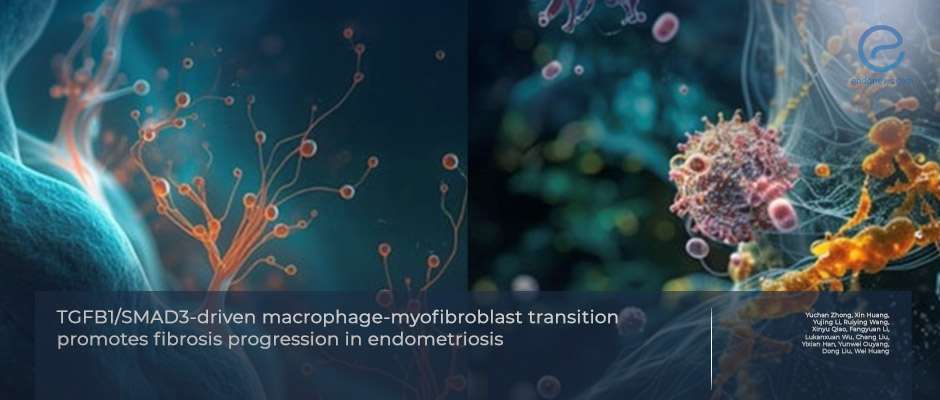
 By Ayse Ayhan
By Ayse Ayhan
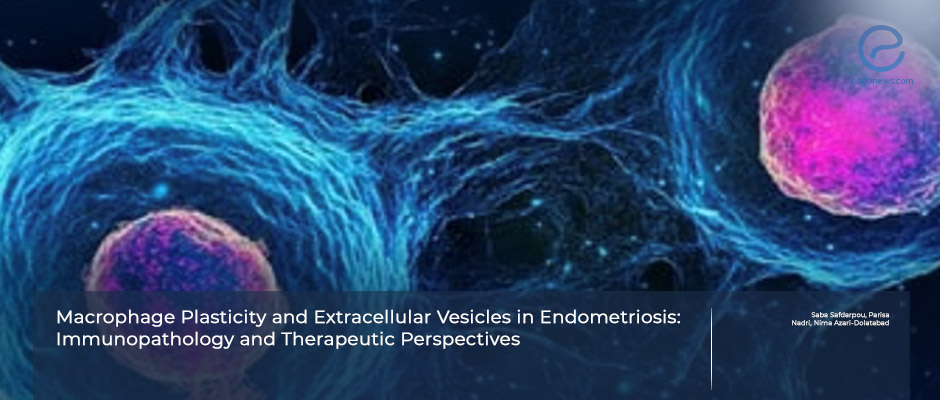
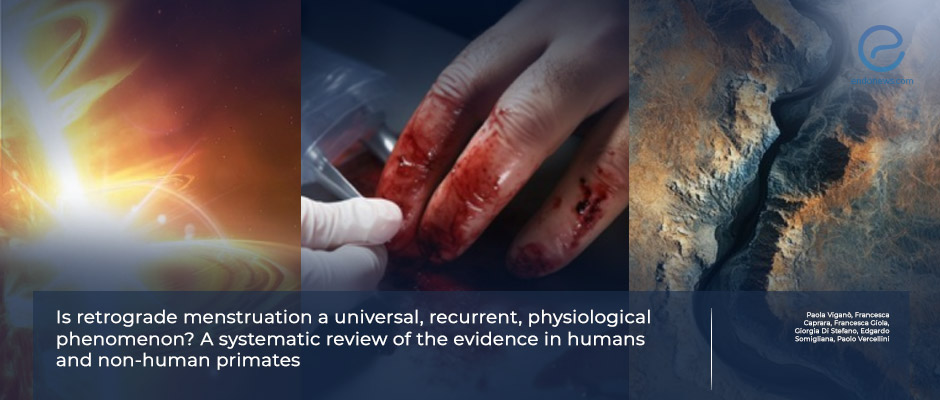
 By Selma Oransay
By Selma Oransay

 By Özge Özkaya
By Özge Özkaya



 By Nasuhi Engin Aydin
By Nasuhi Engin Aydin


 By Bahar Yuksel
By Bahar Yuksel
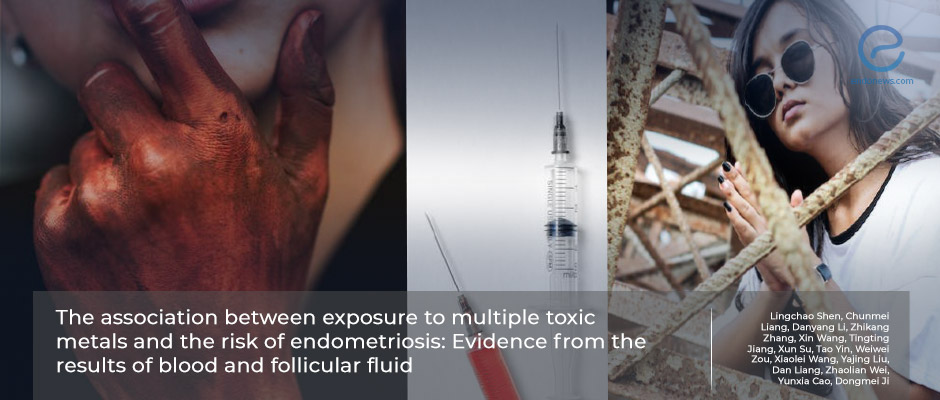

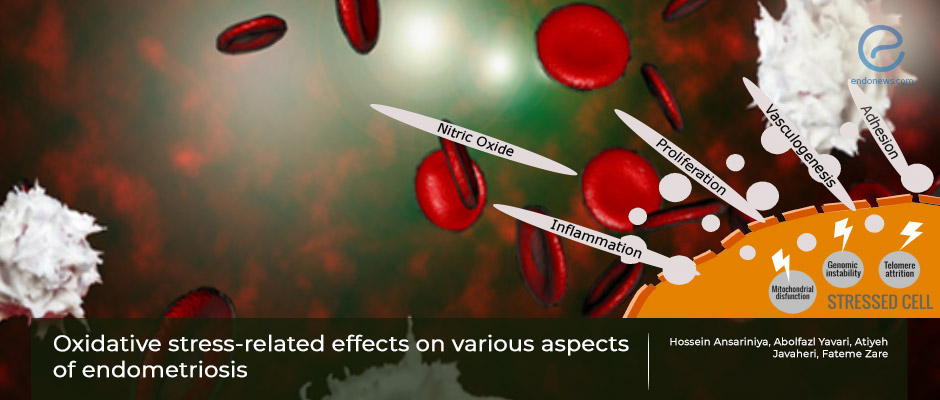


 By Eylül GÜN
By Eylül GÜN


 By Hale Goksever Celik
By Hale Goksever Celik





 By Dr. Youngran Park
By Dr. Youngran Park


 By Timur Seckin
By Timur Seckin




 By Demet Candaş Green
By Demet Candaş Green

 By Yu Yu
By Yu Yu

 By Irem Onur
By Irem Onur

